THE DAY BED-STUY WAS BORN (1895)
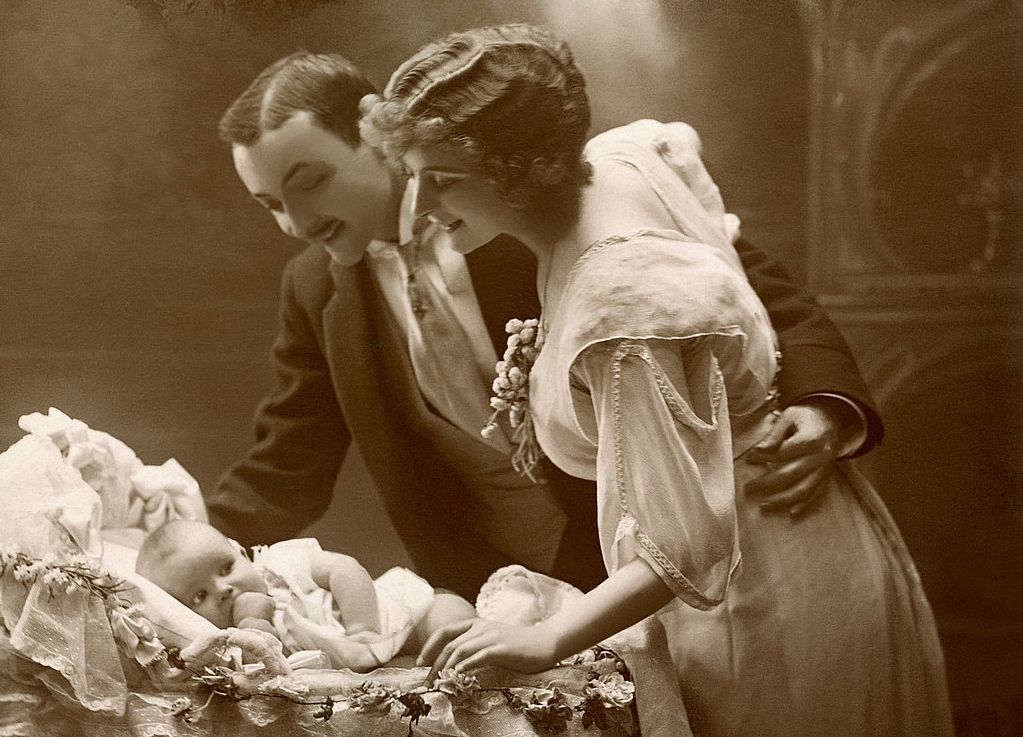
Brownstone Detectives investigates the history of our clients’ homes.
The story you are about to read was composed from research conducted in the course of one of those investigations.
Do you know the history of YOUR house?
********************************************************************************************************************************
Bedford-Stuyvesant, known coloquially as “Bed-Stuy,” is a section of Brooklyn that conjures as many mental images as there are residents of the district. With a past as colorful and storied as any other section of the borough, its ups and downs, though, seem to have been much more extreme.
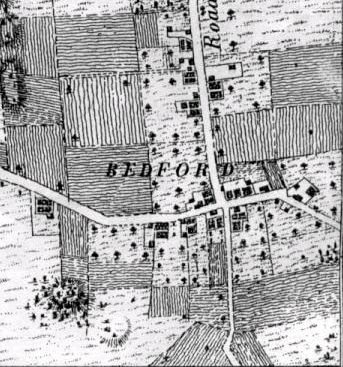
One only need consider the district’s unofficial slogan for much of the past 30 years, “Bed-Stuy: Do or Die,” to dredge up a very recent period sadly associated with images of guns, drugs, and gang violence.
But this more recent history is not the point of this story. We want to go further back to try and understand how Bedford, which was formerly a village built up around the intersection of Bedford Avenue and what would become Fulton Street, joined with the developing neighborhood of Stuyvesant Heights.
The official birthdate of Bedford-Stuyvesant has always been a moving target depending on the reference made or its actual source.
Any discussion of its original designation would need to consider the fact that the term “Bedford-Stuyvesant” came about colloquially, and so unofficially, at first, but later took on the mantel of authority.
WAS BED-STUY BORN IN THE ’30S?
The majority of designations have placed Bed-Stuy’s birthday squarely within the 1930s.
The New York Times, in 1993, attributed the designation of the hyphenated moniker to a 1936 survey of the Brooklyn Edison Company (Consolidated Edison now). Books like “Brooklyn by Name” and “A Covenant With Color” echo this claim, probably first made in a book entitled “Brooklyn USA” in 1979.
But the district was actually ordained Bedford-Stuyvesant much earlier than the 1930s – and by another profession altogether.
And here is where the lines, so to speak, blur.
STRETCHING A TRUTH TO FIT A HOUSE
Every Brooklynite at least once in their life has read the real estate section of a newspaper and, spotting an ad for a house that extended the boundaries of a “good” section into those of a “bad” one, blurted out, “That house is not in (the name of the “good” section here)! It’s in (the name of the “bad” section here)!

Real estate salesmen are infamous for stretching district boundaries and, in many cases, blatantly changing them to fit their repository of homes for sale or let.
In the 1890s it was no different.
CHARLES E. HOTALING, REALTOR
In 1895, Charles Hotaling, a realtor in the Bedford and Stuyvesant Heights sections of Brooklyn began to do just that with these two sections of Brooklyn.
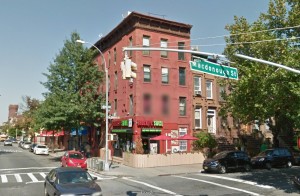
Associating the newly developing section of Stuyvesant Heights with the “older” and “more respectable” town of Bedford, Hotaling first joined together Bedford and Stuyvesant Heights to create, in the minds of the buyers, the new hyphenated section, Bedford-Stuyvesant.
“TO LET – HOUSES – IN THE CHOICE CENTRAL and desirable Bedford-Stuyvesant district,” read the ad, “one of the best in our fair City of Brooklyn.”
Hotaling, who had his offices at 441 Sumner Avenue (today also known as Marcus Garvey Boulevard), at the corner of MacDonough Street, was located squarely within Stuyvesant Heights. He was selling a good number of houses throughout both sections and, as these neighborhoods were physically beginning to merge, it must have made sense just to go ahead and combine them.
It wouldn’t have been the first time, and it surely would not be the last.
THE “BEDFORD-STUYVESANT” TREND CONTINUES
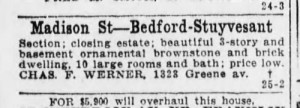
Soon, other realtors began to refer to the area as Bedford-Stuyvesant. George B. Roach on Sumner in 1899, Charles F. Werner on Greene Avenue in 1915, Henry L. Nielsen on Sumner Avenue in 1920, and many others began using the name.
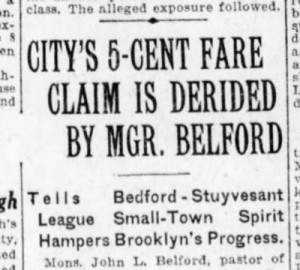
Community organizations, such as the Bedford-Stuyvesant Civic League, jumped on board afterwards in the mid- late-1920s, using the term to denote to the public the coverage or reach of their organizations.
Finally, after having been in use for approximately 30 years – and eventually accepted by the public as a distinct and defined geographical area – the newspapers began to use the term, as well.
And as the 1930s progressed, they increased that use until, by the end of that decade, it was common practice.
Maybe this is how we got Bed-wick?
———————————————————————————————————————–
 Brownstone Detectives is an historic property research agency. Our mission is to document and save the histories of our clients’ homes. From our research, we produce our celebrated House History Books and House History Reports. Contact us today to begin discovering the history of your home.
Brownstone Detectives is an historic property research agency. Our mission is to document and save the histories of our clients’ homes. From our research, we produce our celebrated House History Books and House History Reports. Contact us today to begin discovering the history of your home.